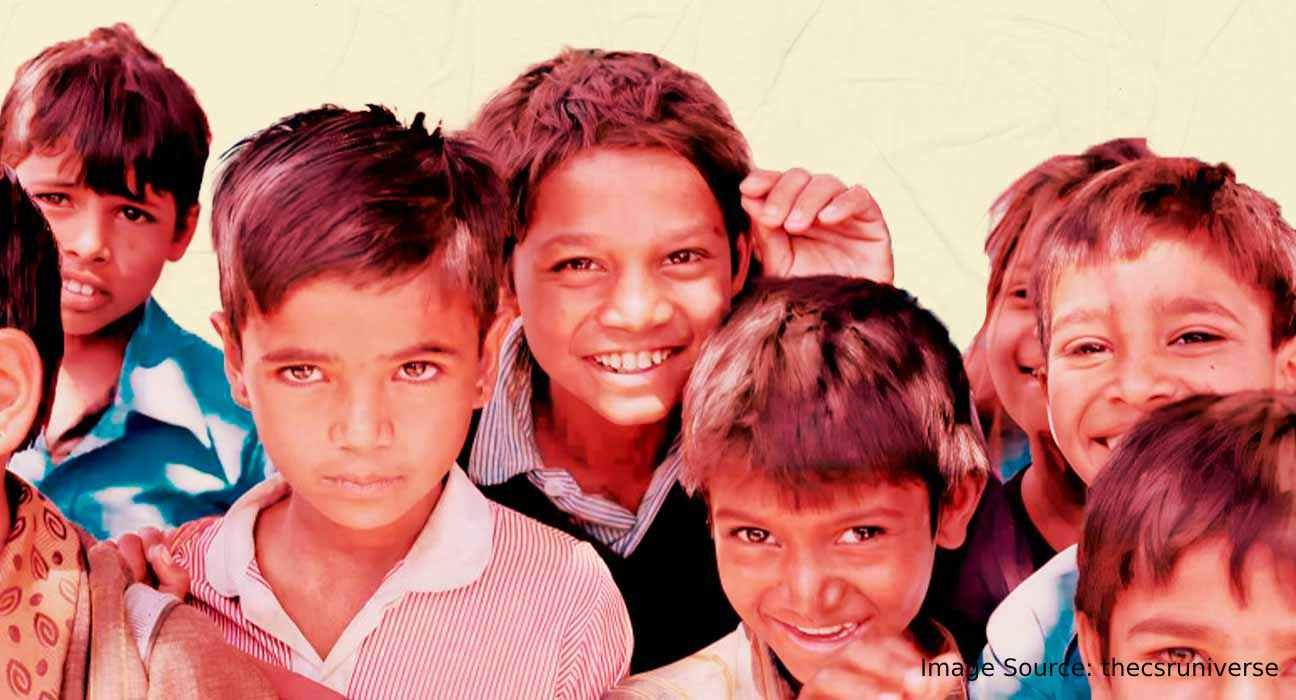On Friday, the Uttrakhand administration and a team of surveyors trained by specialists from Nimhans (National Institute of Mental Health and Neurosciences) will begin a survey throughout the state to get basic data regarding the prevalence of mental health concerns among children and adolescents. Assessing the prevalence of intellectual disability, mental disturbances, and prevalent psychological conditions among children in Uttrakhand up to the age of 17 is the main goal of the survey. Authorities claim that this effort recognizes the long-standing need for a thorough state-level mental health survey, especially among children and adolescents in a multicultural country like India.
For three months, the surveying team received training. Later on, all of India would adopt the policies and procedures that they would need to follow to deal with the sensitive groups of children and teenagers.
As per the statement made by the deputy director of the Uttarakhand State Mental Health Authority, there is presently no formal framework or protocols for evaluating mental health issues in children and adolescents. This procedure, which is being developed and executed in Uttrakhand by our state’s experts and Nimhans, a preeminent institute for brain, mind, and behavior studies in India, is intended to act as a model for such surveys across the country. Furthermore, he mentioned that Uttarakhand is the first state in the nation to carry out a special epidemiological survey aimed at children and adolescents.
Child Mental Health Survey – Requirement
With 1.236 billion people living there, India is the second most populous nation in the world. Within this sizable population, adolescents aged between 10 and 19 make up one in five individuals, while those aged between 10 and 24 make up one in three. India has the largest population of children and adolescents in the world, with over 434 million. By 2030, 250 million people are anticipated to be employed in the nation, representing a significant demographic dividend. A young, employed populace like this can be beneficial to the nation and aid in its expansion and advancement. Such a development is reasonable given that policymakers prioritize the physical and emotional well-being of children and adolescents. Even though immunization, nutrition, and a focus on newborn and under-five mortality have all helped to improve general physical health, child and adolescent mental health (CAMH) is not given nearly as much attention in India.
Present scenario – of Child mental health survey
According to the 2016 National Mental Health Survey, youth between the ages of 13 and 17 had a comparable 7.3% prevalence of mental disorders. Compared to rural children (6.9%, 4.0–9.7, 95% CI), the frequency among urban children is almost twice as high (13.5%, 10.4–16.5, 95% CI). Major illnesses include anxiety disorders (1.3%), psychotic disorders (1.3%), autistic spectrum disorders (1.6%), agoraphobia (2.3), depressive disorders (2.6%), and disability affecting intellectual status [1.7%]. Furthermore, in a study carried out in the state of Himachal Pradesh, the survey estimated the prevalence of depression at 6.9%, anxiety at 15.5%, tobacco use at 7.6%, and alcohol consumption at 7.2%. The poll found that its purview did not extend to the true estimation of CAMH on a national scale.
Additionally, it is estimated that 9.8 million Indians between the ages of 13 and 17 suffer from major mental diseases; this number would likely be higher if the full childhood and adolescent period is taken into account. According to a different WHO report, the suicide rate in India is 21.1/per 100,000 people, and roughly 258,075 Indians, many of whom are students between the ages of 0 and 19, died by suicide in 2012. Thus, the effects of mental illness are far greater than society can imagine, even in places where people are least aware of how serious these conditions are.
Other government-related initiatives
There was less focus on mental disease in the youth population in the National Health Policy (2002, 2016) and the National Mental Health Policy (2014). Except for Kerala, which enacted legislation with the express goal of enhancing youth mental health, the majority of states do not have formal CAMH policies.
Nonetheless, other programs—like the District Mental Health Program and the National Mental Health Program—offer the general public, access to basic psychiatric care without placing a particular focus on CAMH. NIMHANS also runs school-based campaigns, teacher orientation programs, student enrichment programs, and school health programs, among other programs designed to raise awareness of psychosocial problems, help people better understand themselves, and foster better connections with peers and instructors.
Furthermore, a few other small-to-medium-sized projects were undertaken by nonprofit and independent organizations in Bangalore, Delhi, Mumbai, and numerous other Indian cities. These school-based initiatives are typically concentrated in metropolitan regions and have brief operating periods. Moreover, Rashtriya Kishor Swasthya Karyakram (RKSK), the national plan for adolescent health, identified mental health as one of its six strategic goals.
India lacks a strong CAMH program to prevent health care costs and reap the demographic dividend that these young people, can produce as adults. Recognizing this gap and making CAMH a top priority is imperative to secure the prospects of the nation with the world’s largest population of children and adolescents. It takes a strong commitment from important stakeholders and a solid scientific foundation to convert that commitment into policy actions in order to develop a CAMH policy that will last over time and produce the intended outcomes after adoption.












Leave feedback about this